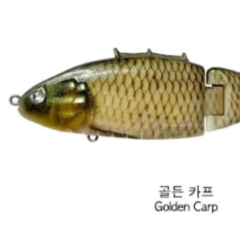http://www.miamiherald.com/2013/03/14/3286192/broward-canal-yields-dubious-record.html
Gestring said the FWC also considers the bullseye snakehead permanently established in Northwest Broward. Scientists expect they will eventually escape into the Everglades but believe the warm-water species probably wouldn’t survive north of Orlando. In the Northwest Broward canal system, they don’t appear to have wreaked ecological havoc, Gestring said. After a decade, there is no sign they’re doing any more damage than 22 other foreign fish that also have settled in Florida’s freshwater canals and lakes. “What we’re seeing is that the native fish population seems to be holding strong,’’ he said. “We’ve not been able to detect any measurable impacts by bullseye snakeheads on any of our individual native species.’’
-------------------------------------
from the Miami Herald Article - Snakehead Posing No Threat
Early results from the FWC's most recent electrofishing study in the C-14 (stunning fish with a mild electrical charge so they can be examined) shows that although snakeheads are abundant, they are not destroying populations of largemouth and peacock bass -- the two main gamefish species in South Florida lakes and canals. FWC scientists using the marine version of electric cattle prods caught as many as 1.58 snakeheads per minute weighing up to 9.2 pounds. Examining the stomach contents of 127 dead snakeheads, they found the remains of 13 of their own species plus one bluegill, 11 mosquitofish, seven warmouth, two peacock bass, several lizards, bufo toads, small turtles, a rat and a snake. No remains of largemouth bass were found.
Looking at 68 peacock bass' stomachs, the researchers found 16 snakeheads. In 41 largemouth bass, they found one. "They seem to be complementary predators," Shafland said, referring to snakeheads versus peacocks and largemouth. "We don't see one dominating the others. I think they're all pretty much holding their own."











